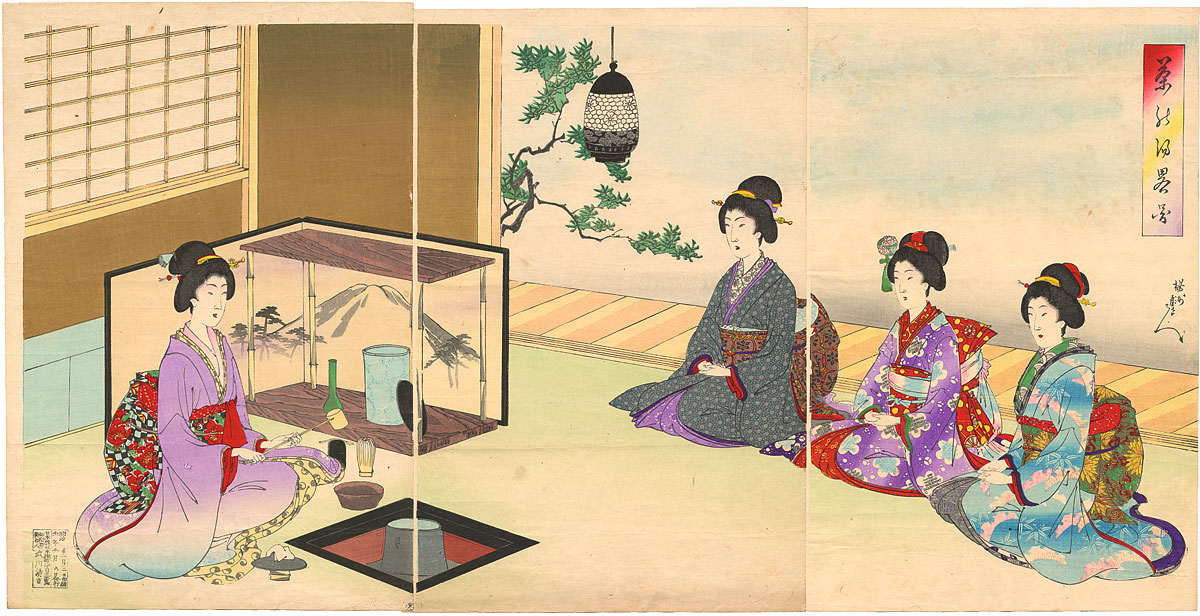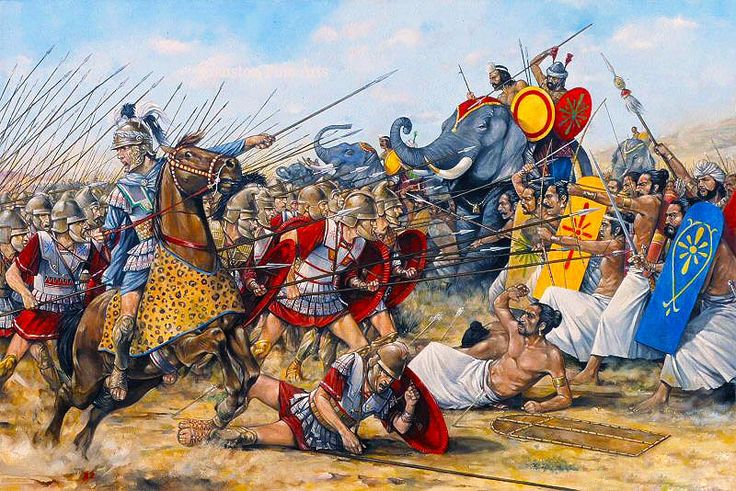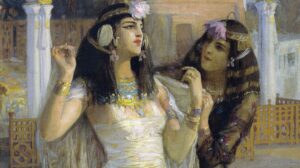Japan has a long cultural history that began when the beverage was first brought to Japan in the 9th century. It was initially used during Buddhist rituals, then consumed by the upper class and eventually drank by every level of Japanese society. Sen-no Rikyu established the Way of Tea, also known as sado in the 16th century with principles of harmony, purity, respect and tranquility. These characteristics continue to play an important role in modern Japanese tea culture. During tea ceremonies, participants take time to acknowledge that each human interaction is unique and therefore every moment and aspect of the ceremony must be savored.
During a Japanese tea ceremony, a powdered green tea, also called matcha, is prepared through a special ceremony. These gatherings are called a chakai, which means tea meeting, or a chaji, or tea function. Chakai refers to a lighter tea and snack while chaji generally means a more formal event with a meal that can last for many hours. In addition to serving the tea, the host must also execute other aspects of the tea ceremony, including how to properly wear a kimono, calligraphy, floral arrangements, incense and more. The guests that attend the tea ceremony must also have a strong knowledge of the Japanese tea culture, including gestures, phrases and how to receive the tea.
When guests arrive to the ceremony, they go to waiting area called a machiai-sitsu where they wash their hands and mouth with water from a small stone basin. Before entering the tea house, they remove their shoes and enter through a short door that is only 36 inches tall to symbolize that everyone is equal, regardless of social status. The only adornment in the room is a kakemono, or scroll painting, that the host has chosen and is an important part of Japanese tea culture. Guests sit on a mat floor.
Japanese tea culture dictates that the host must clean and prepare all the utensils that will be used during the ceremony in front of the guests. Tea is then served by whisking green powder and hot water in a tea bowl. The guest of honor is served first and bows are exchanged. The guest drinks from the bowl and the rim is wiped before passing it to the next guest. This process is repeated until all guests drink the tea. Afterward, the antique bowl is returned to the host who rinses it and presents.
Many people are not aware there is a healthier Japanese herbal tea than Green teas, called Tenchicha. The tea contains 12 herbs with no caffeine. Tad Kumagai is the president of Eco Vita, which provides information on health benefits of herbal products including Ten-Chi Cha. For more detail, please visit TenChiCha.com.













Add Comment